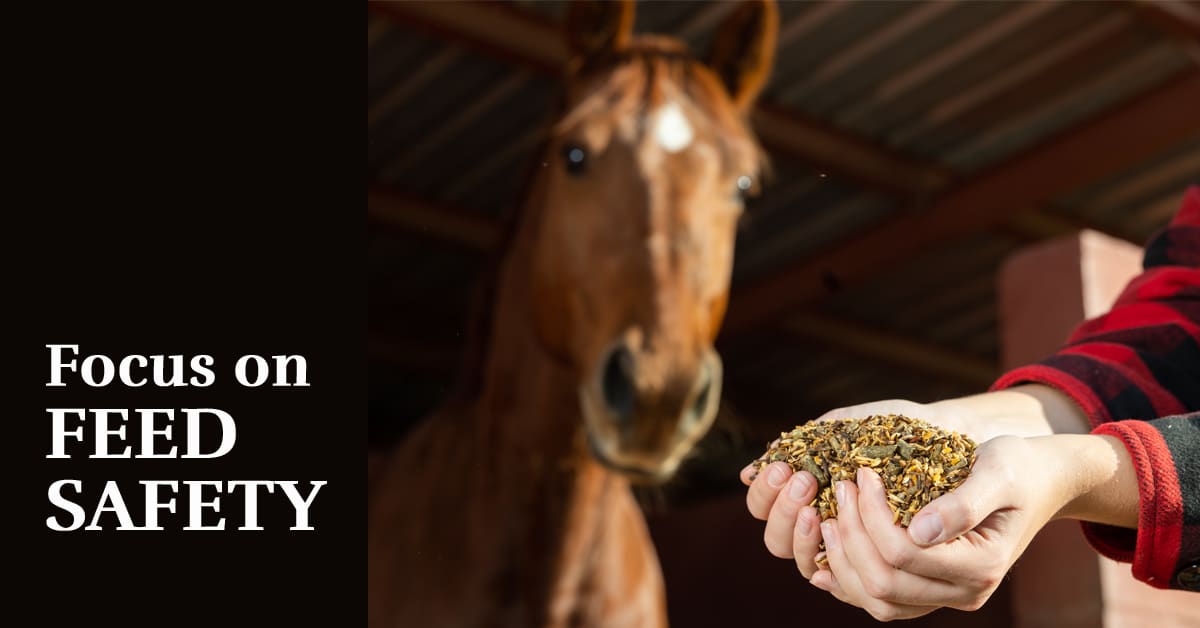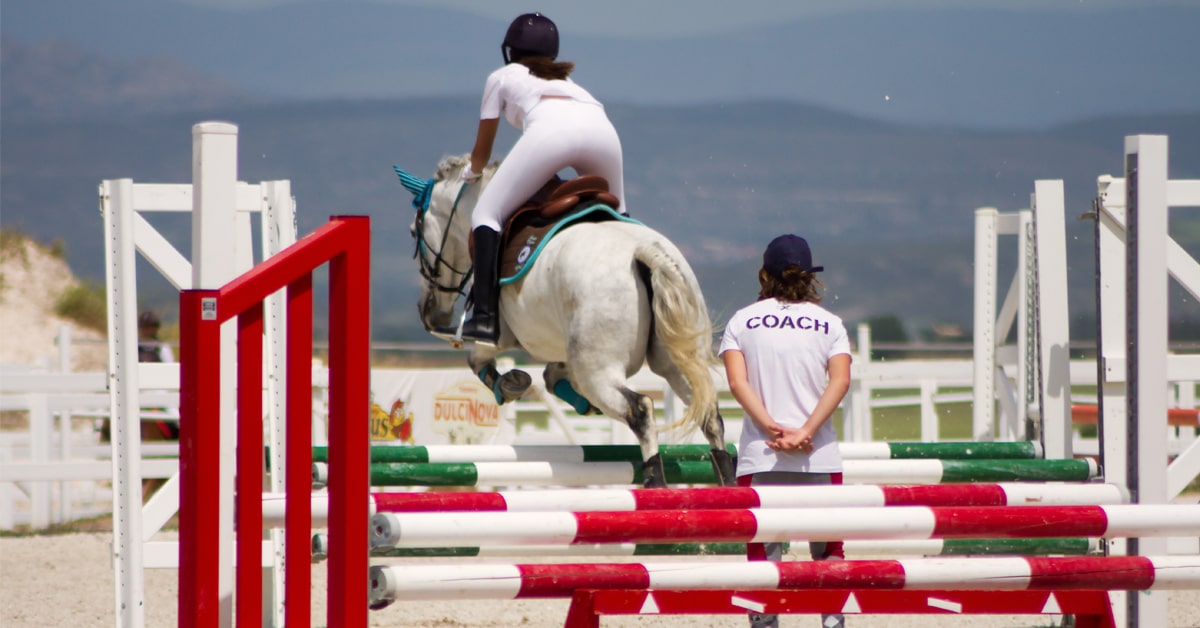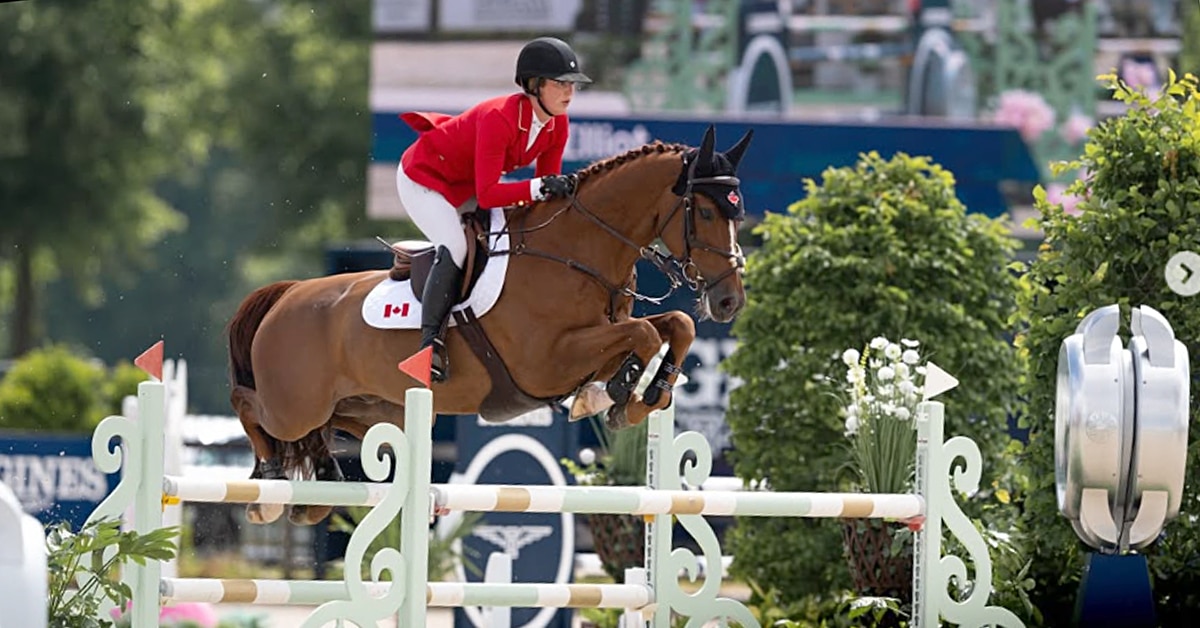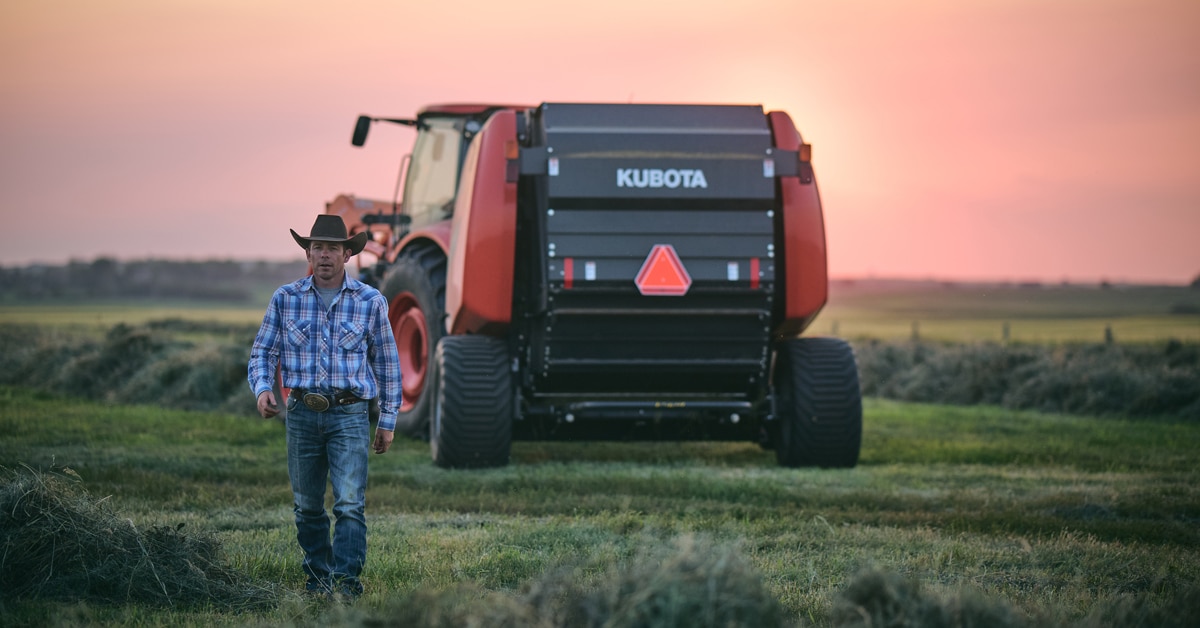In 2013, the spotlight on whip use in horse sport moved from the racetrack home stretch to the showjumping arena. Research conducted by Catherine Watkins and Darcy Murphy of Hartpury College in England and presented at the International Society of Equitation Science conference in Delaware suggested that whip use by both elite and (less surprisingly) non-elite level riders may be predictive of jumping faults on course. It seems that clear rounds are most likely earned by riders carrying – but not using – the whip.
Why the sudden interest in show jumping vs. the racetrack? Watkins explains, “Research to aid rider and horse performance in all areas is on the rise … welfare of horses in sport is a key area of consideration.” More specifically, her interest was piqued by her childhood as an avid pony clubber. “I remember seeing horses whipped by their young riders when they did not do what they were asked,” says Watkins. “I also recall parents and teachers advising children to use the whip, sometimes in a harsh manner. It became apparent to me that children who were told to use their whip grew up assuming it was the only option when a horse didn’t respond as intended. The [showjumping] study’s hypothesis was that there is a link between the final result [faults] and whip use, and that the level of expertise of the horse/rider combination affects whip use.”
Back at the track, links to performance and levels of whip use has been proven. Research published in Australia in 2011 by Drs. David Evans and Paul McGreevy found whip use did not result in increased speed or races won; apprentice jockeys used the whip more frequently; and whip infractions were difficult to observe or enforce. The British study also found whip use more frequent among non-elite riders, and infractions went uncalled in over eight percent of rides. Unlike the racetrack, where whip infractions are difficult to observe even in slow motion, in the warm-up ring and on the jump course these should be easy to spot. Does the cliché ‘theory versus practice’ apply to the interpretation of the rules of horse sport?
By the Book
Equine Canada’s (EC) Health and Welfare Committee co-chair Mary Bell, VMD, cites a two-pronged approach to overseeing whip use; rules that empower show officials in their role as overseers of horse welfare, and education programs for coaches and riders with regard to abuse and cruelty. Bell says, “EC is trying to promote a culture of knowledgeable horse people who hold horse welfare as their first priority.”
What are the rules? Article A517 in the EC General Regulations notes “excessively whipping or beating a horse” as an example of cruelty, and Article G115 defines excessive whip use as when used to vent the rider’s temper, after either elimination or the last fence on course, when used overhand, more than three times for one incident, on the horse’s head, or when skin is broken as the result of use.
If statistics are an accurate reflection, then Canada shines. At shows where ground juries were present in 2013 and thus far in 2014, there were no yellow card warnings issued for whip abuse infractions. “As stewards, we have been asked to speak with a rider who was not aware of these recent rule changes,”says chair of the Steward Committee, Neil Ratledge. “We have only had to give a verbal warning once and the problem got corrected. Word of mouth is working well when other riders see that someone is being spoken to by an official.”
Education is really the cornerstone of change, and referring to EC’s Learn to Ride programs, Bell says “[They] foster proper and correct use of artificial aids at all levels as a strictly evaluated criteria. EC coaching certification programs also have built-in mechanisms to evaluate coaches on their ability to instruct students on the correct use and care of the horse in their use of aids as part of a rider successfully completing their levels based on EC guidelines.” But she admits “Coaching certification and rider level achievement are not mandatory in this vastly diverse industry. There are many competitions that are not run under EC rules. Officials are not present for every horse-human interaction throughout the duration of a horse show.”
Unfortunately, at shows where whip-using non-elite riders are most likely to ride, while there are EC judges, no stewards are present. Show organizers cite the added expense of stewards as prohibitive at bronze level events.
Practically Speaking: Riders Weigh In
If whip use is proven to relate negatively to jumping faults, why do riders use them? At two years old, Santana Wright screamed when her mother ended her first pony ride at a local fair. Riding lessons began at age six and jumping soon afterwards. Wright remembers being introduced to use of the whip within months of starting lessons. “They taught us how to use the crop to get our ponies to move forward when our legs weren’t enough. After a refusal that was not rider error, [the whip] was used to correct unwanted behaviour. I was also told when approaching a jump a horse might refuse to lightly tap the whip on the horse’s shoulder or wave it in my hand so the horse could see it.”
Quantifying her whip use on a scale of one to five, Wright rates her use at “four to five when I was riding stubborn school ponies at the beginning of my career.” An NCAA equestrian scholarship recipient who now competes in the 1.20-metre jumper classes on the Toronto-area ‘A’ circuit, Wright continues, “Now, I would say I use the whip at one to two for training purposes.” She explains that “With a green horse, I use a whip in partnership with leg pressure and my voice to teach that the leg means to move forward. Once the horse moves off the leg, the whip isn’t used as much. With an intermediate horse, the whip is used for correctional purposes after a refusal or hesitation in front of a jump. With an advanced, well-trained horse, I do not carry a whip.”
For Olympian Tiffany Foster, bronze-level shows are an even more distant memory than Wright’s. “The quality of horses I ride now is extremely high and I have such a strong sense of confidence in my horses to compete at this level that I don’t need a whip on a lot of them.” There are exceptions: “If a horse stops, then I use it as a disciplinary tool. If I feel a hesitation or a moment where my horse doesn’t feel very brave, I will sometimes tap them on the neck on course.”
Foster also says her whip use varies with the horse. “With my long-time partner Victor, I always carry a whip in my right hand. He has a fairly prominent right drift in the air over jumps, so he stays straighter when I carry my whip there.” Generalizing, Foster notes, “I always carry a whip with a young horse; again, more as a warning.”
What if whips were banned from use in show jumping? Foster responds, “I think that whip use should certainly be monitored and used with thoughtfulness and professionalism, but I think to ban the use of whips would be ridiculous and unnecessary, as well as detrimental to the sport.” Asked the same question, Wright says, “Riders … would have to use the “leg to hand” method of riding to move the horse forward. It could change the way some riders ride. On the other hand, banning the whip could create more intense schooling [read: whip overuse] at home before entering the show ring.”
Kindness Begins At Home
EC senior steward, judge, and instructor Ellen Smailes has been educating riders and coaches about whip infractions in the warm-up ring for 47 years. “I see inappropriate whip use most frequently when horses have huge holes in their training. What’s missing is the time taken to school horses so they’re responsive to the aids, willingly forward and enthusiastic about their job.” Smailes adds, “The same is true for riders. We miss taking the time to acquire basic equitation skills; how to ‘stay in the middle,’ feel the horse, and develop insight about our horses. That comes with lots of hours in the saddle.”
Olympian and jumper clinician Mac Cone agrees. He works regularly with elite and non-elite riders in clinics. Where rider coaching and horse training is at a lower level, Cone comments, “What I run into is the lack of a ‘transmission’ in the horse’s canter. Riders don’t have a very well-oiled piece of machinery underneath them that can go at different speeds – extended, collected – and the canter is quite basic. If you haven’t bothered to teach the horse to shorten, stay the same, or lengthen, it makes jumping very difficult. Take the time to teach the horse all that before you start pointing it at jumps.”
Cone also emphasizes if horses spook at unfamiliar jumps, exposure to them in training is preferable to even “benign” whip use – waving it to encourage hesitant horses. “If a horse requires more than one good tap to get it over a jump, you need to back up in your training. If the problem is a 1.30-metre wall, find a 1.10-metre wall and teach the horse there is nothing to be afraid of.”
About that “one good tap” he explains, “The whip used while jumping is a tricky thing. If you want to encourage the horse behind the saddle as you do on the flat, it requires you have both reins in one hand. That’s not an ideal thing to do and should be left up to fairly high-level riders.” For non-elite riders, Cone suggests a whip tap on the shoulder is safer, as no rein release is required.
From the Horses’ Ombudsman
Dr. Andrew McLean, an elite Australian eventer, has also jumped at the grand prix level and holds a PhD in equine cognition. His level of expertise on how horses learn practically qualifies him to speak on their behalf. He believes that training horses to reliably go, stop, stand, turn, lengthen or shorten their stride and slow or quicken their pace is essential to equine welfare in Olympic horse sports. Of whip use in showjumping, McLean says “Generally, if the horse is well trained, a whip should not be needed at all.”
Like Smailes, McLean cites rider position and incorrect timing of the aids as errors that contribute to faults and jump refusals. “The rider may not release the reins effectively to allow the horse to jump freely, or may use pressure at the wrong time or not at all when needed.” As for what a horse learns when ‘disciplined’ with the whip for refusing or turning out from a jump, McLean exclaims “Nothing! The horse learns only that random bad things happen in the arena. The whip should never be used as a punisher.”
It’s evident that as horses and riders progress in their careers, whip use declines. But if faults are correlated to whip use, non-elite riders with balance, timing and control issues may be well-advised to leave theirs in the tack trunk. Taking the time to school both horse and rider adequately seems the high road that coaches and trainers need to understand is theirs to take. Mac Cone summarizes it best: “If the whip is used to make up for lack of skill of the rider or lack of training
of the horse, you are slipping into horse abuse. If the rider is so unskilled that the only way to get the horse over the jump is through abusing it with a whip, they shouldn’t be on the horse.”
The Latest









